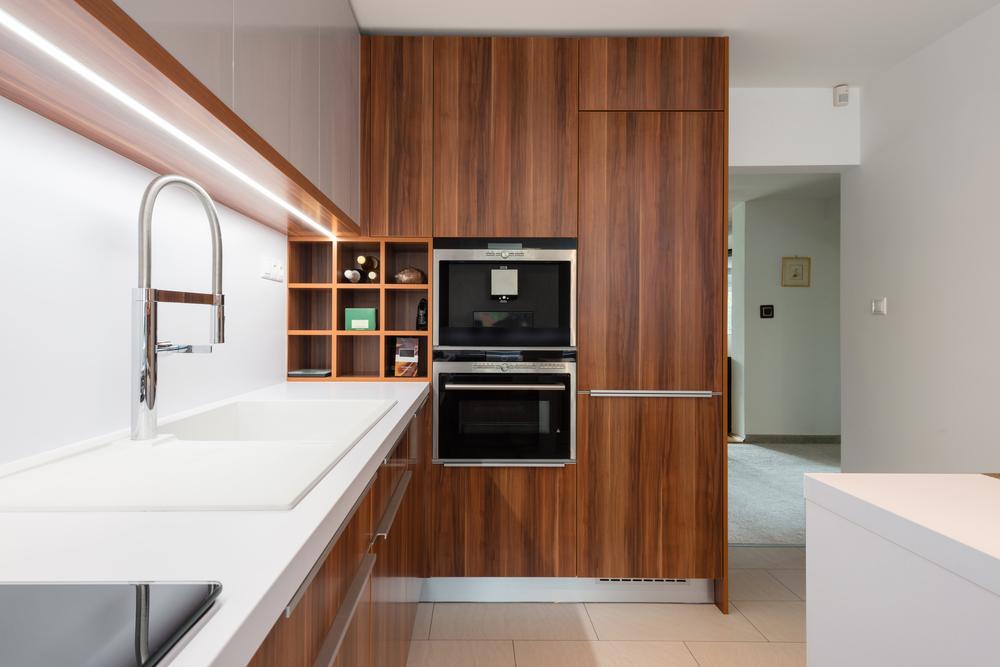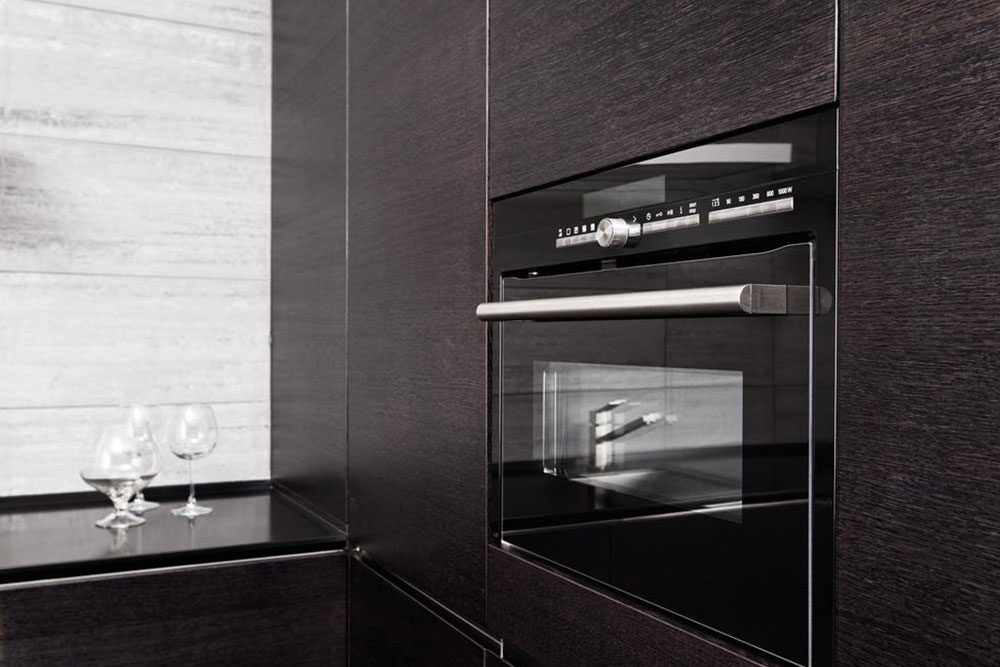A Brief History of Kitchen Design and Transformation
Explore the fascinating evolution of kitchen design from functional spaces to cozy family hubs. Discover how technological advances like chimneys, improved materials, and modern appliances transformed kitchens over centuries, making them central to home life today. This overview highlights key historical developments that shaped the warm, inviting kitchens we cherish now.

Transforming Kitchens Through the Ages
The kitchen often holds a special place in the heart of a home, symbolizing family traditions and everyday life more than the living room. For many, it evokes cherished memories of family meals, busy mornings, and heartfelt conversations. But have kitchens always been central to home life? Historically, kitchens were primarily functional spaces vital for food preparation, especially before technology made cooking more convenient.
Early kitchens were utilitarian and often located away from entertaining areas to manage smoke and smells. Wealthier homes boasted large, well-equipped cooking spaces, while modest dwellings had small, basic kitchens. Up until around a century ago, kitchens were simple, often smoky, and uninviting, sometimes even separate structures in British colonies, reflecting the period’s practical needs, like home butchering.
Traditional cookware was crafted from materials like terra cotta, stone, cast iron, and copper. The advent of modern alloys and non-stick coatings over the past century revolutionized kitchen tools, making them lighter and easier to clean. Early stoves were open hearths burning wood or coal, with chimneys appearing as early as the 12th century in England, significantly improving indoor air quality and comfort. Innovations like more efficient stoves and better materials transformed kitchens into warm, inviting spaces, evolving into the heart of family life seen today.










